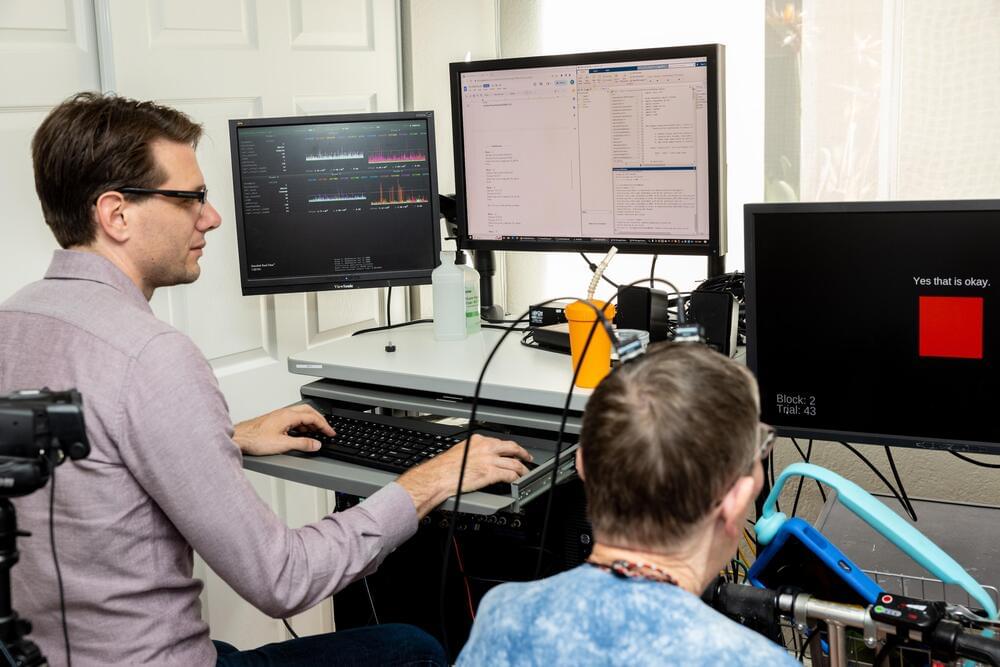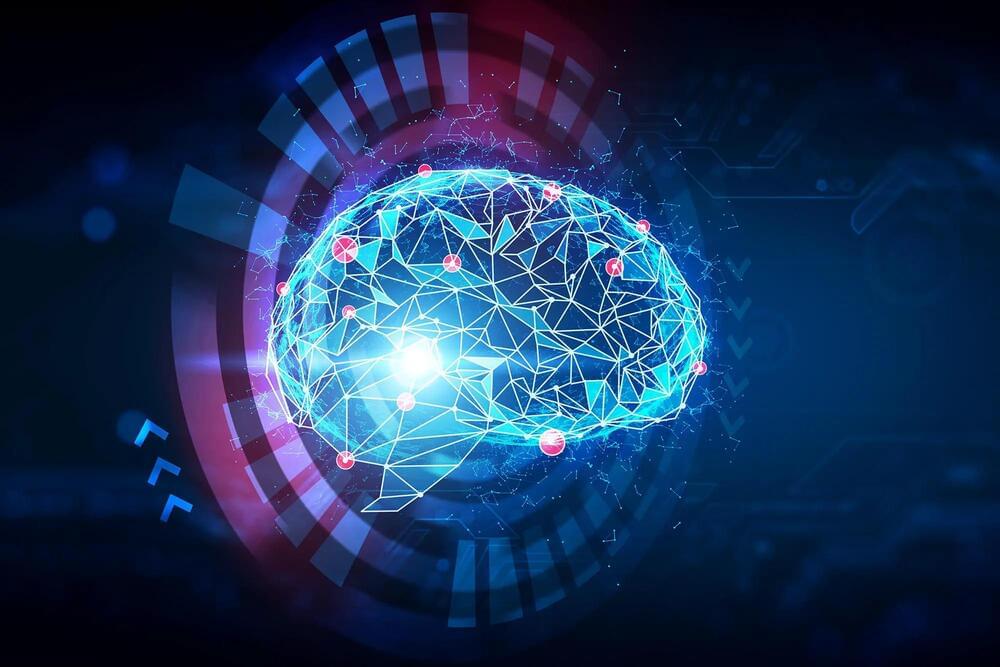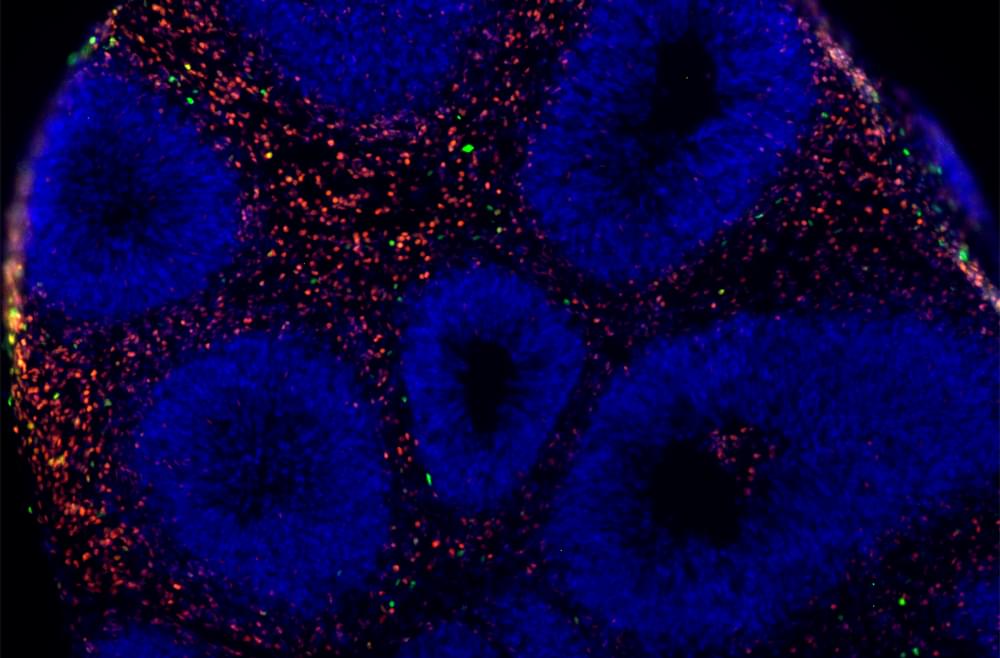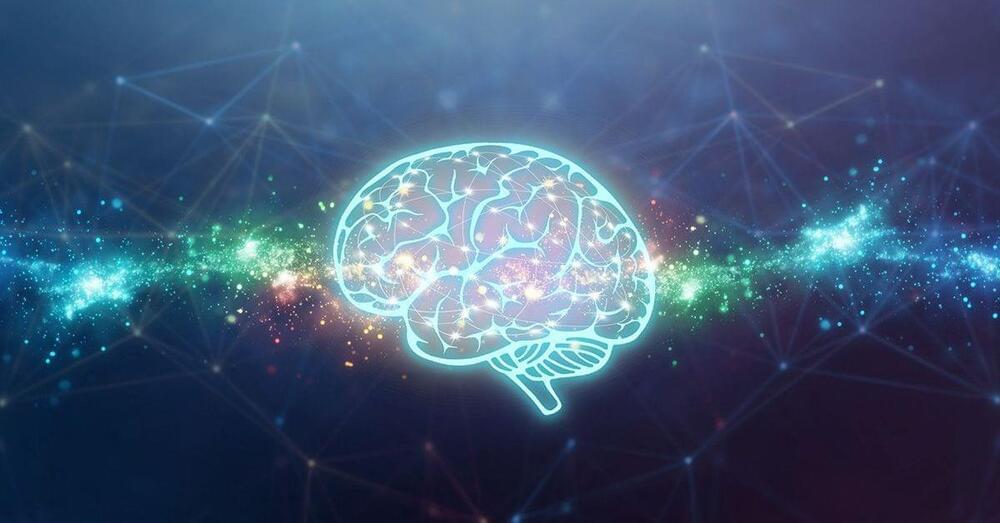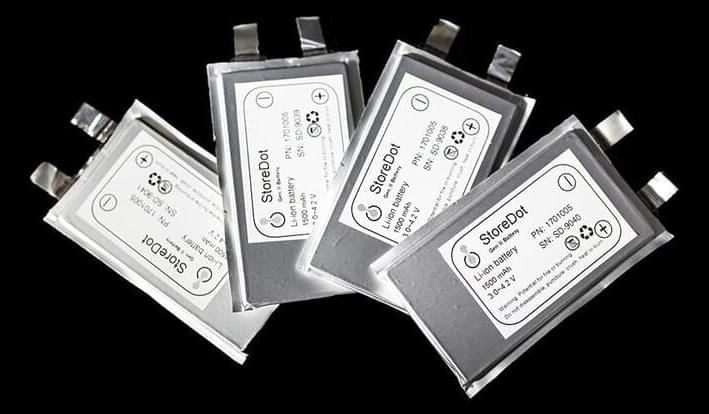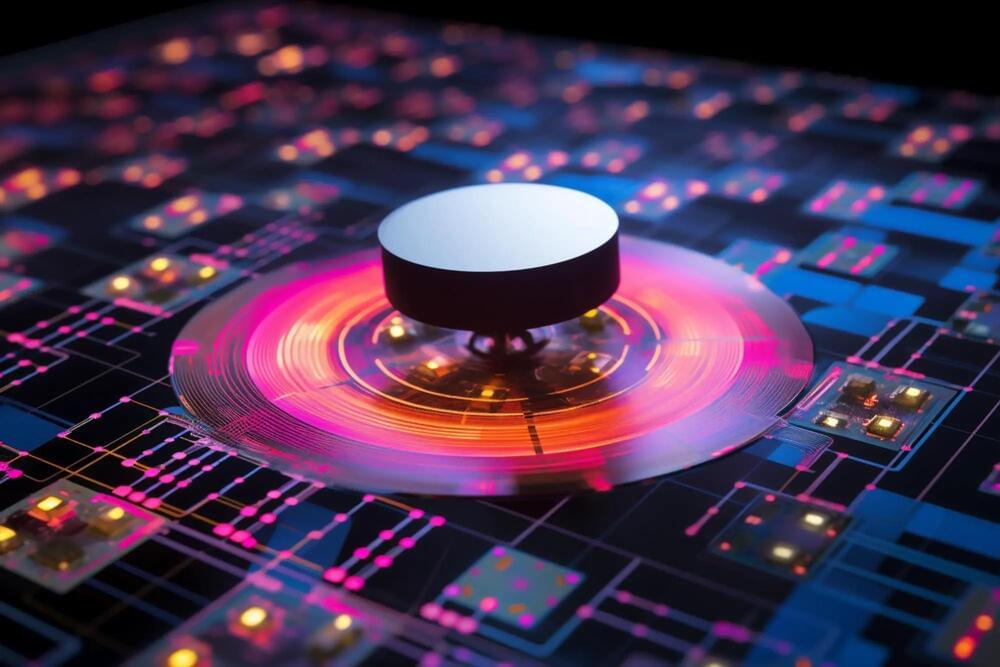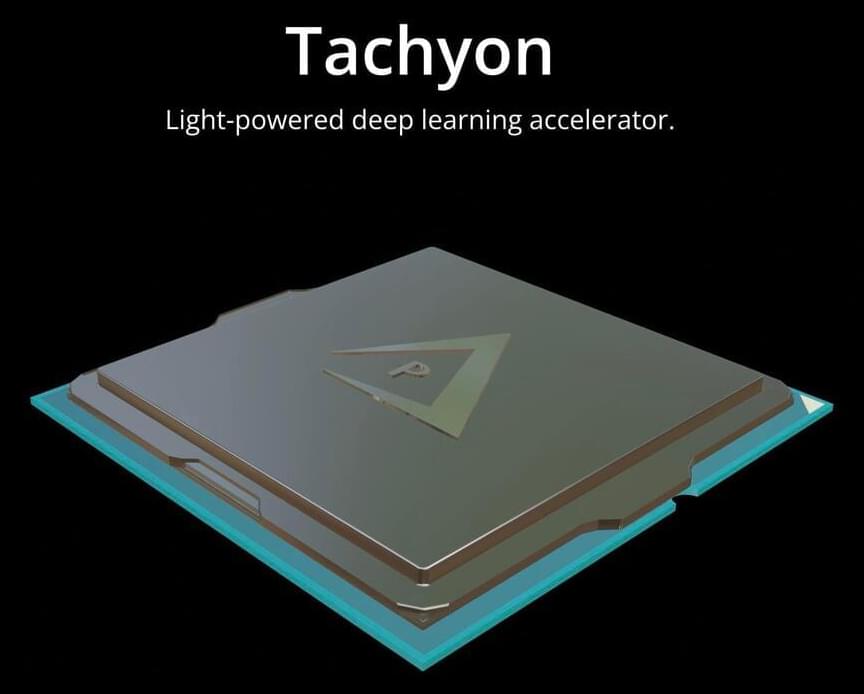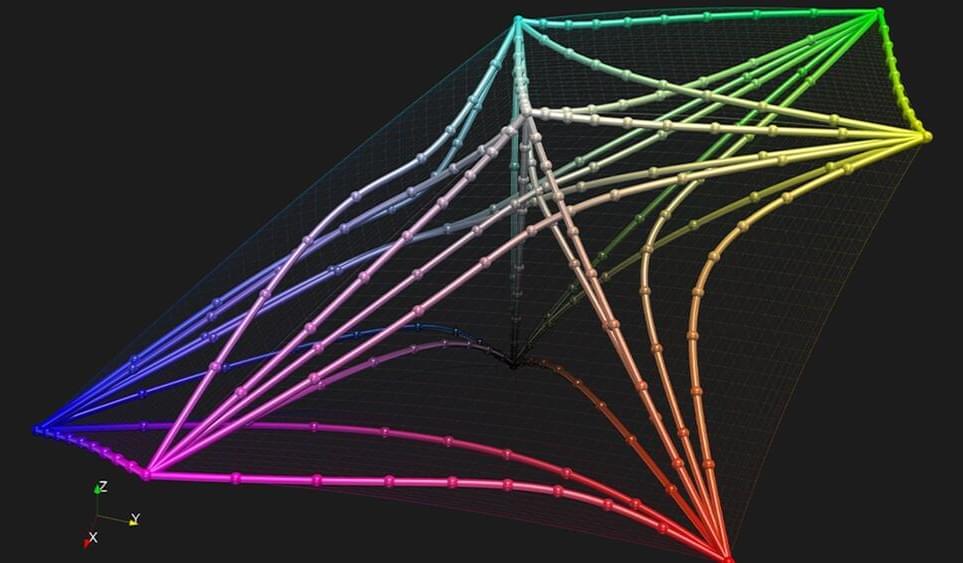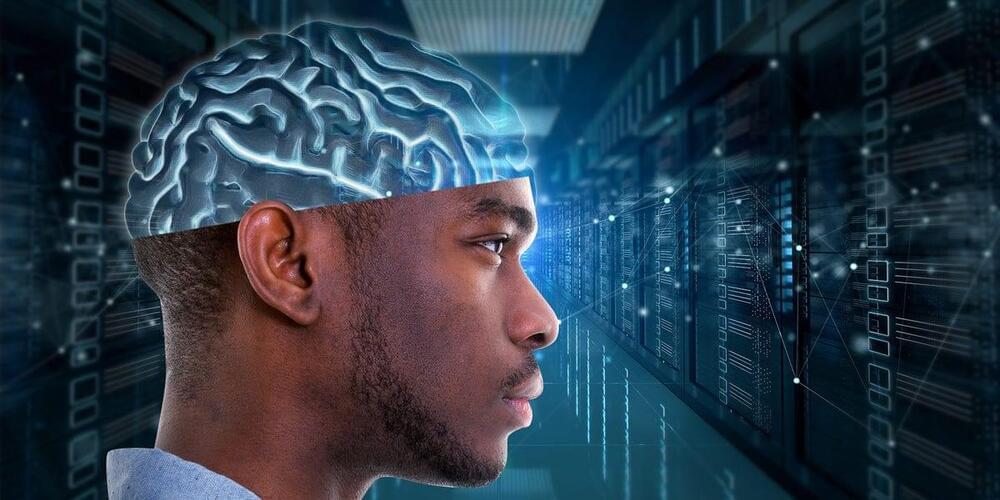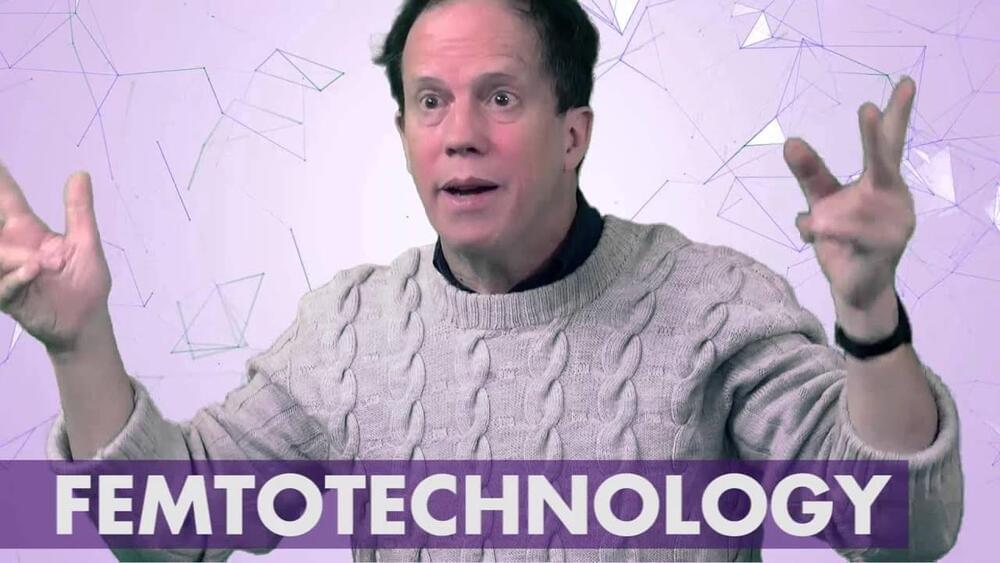Sep 29, 2023
Brain implants, software guide speech-disabled person’s intended words to computer screen
Posted by Omuterema Akhahenda in categories: biotech/medical, computing, neuroscience
Pat Bennett’s prescription is a bit more complicated than “Take a couple of aspirins and call me in the morning.” But a quartet of baby-aspirin-sized sensors implanted in her brain are aimed at addressing a condition that’s frustrated her and others: the loss of the ability to speak intelligibly. The devices transmit signals from a couple of speech-related regions in Bennett’s brain to state-of-the-art software that decodes her brain activity and converts it to text displayed on a computer screen.
Bennett, now 68, is a former human resources director and onetime equestrian who jogged daily. In 2012, she was diagnosed with amyotrophic lateral sclerosis, a progressive neurodegenerative disease that attacks neurons controlling movement, causing physical weakness and eventual paralysis.
